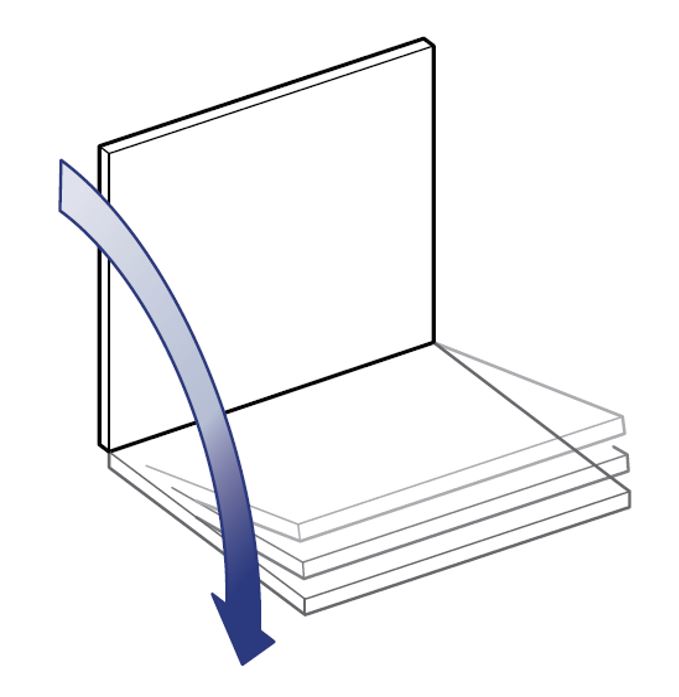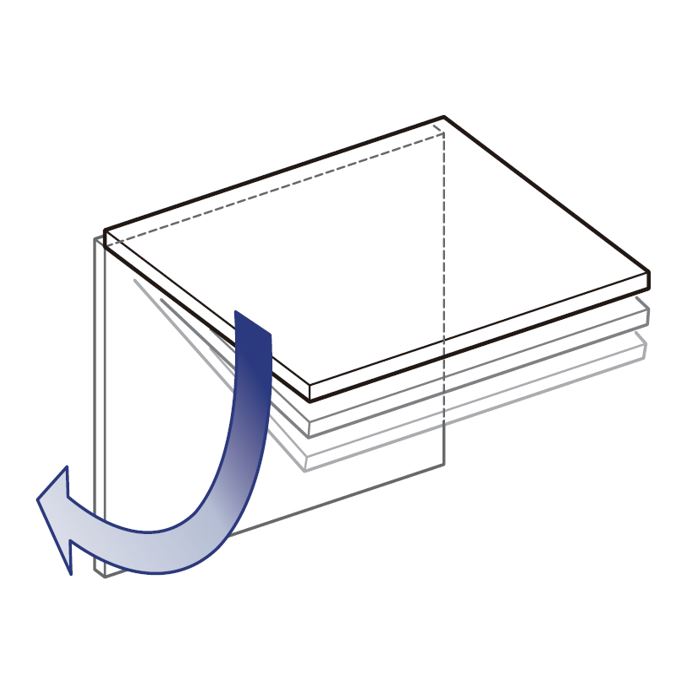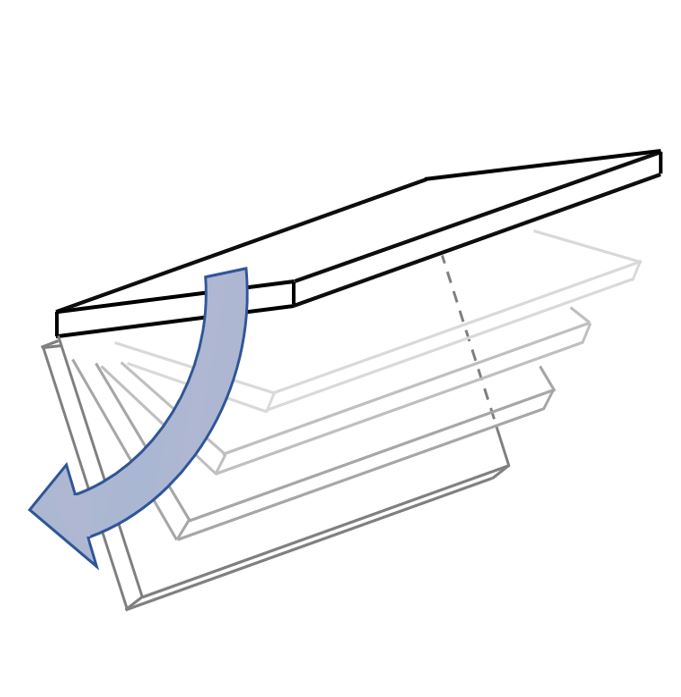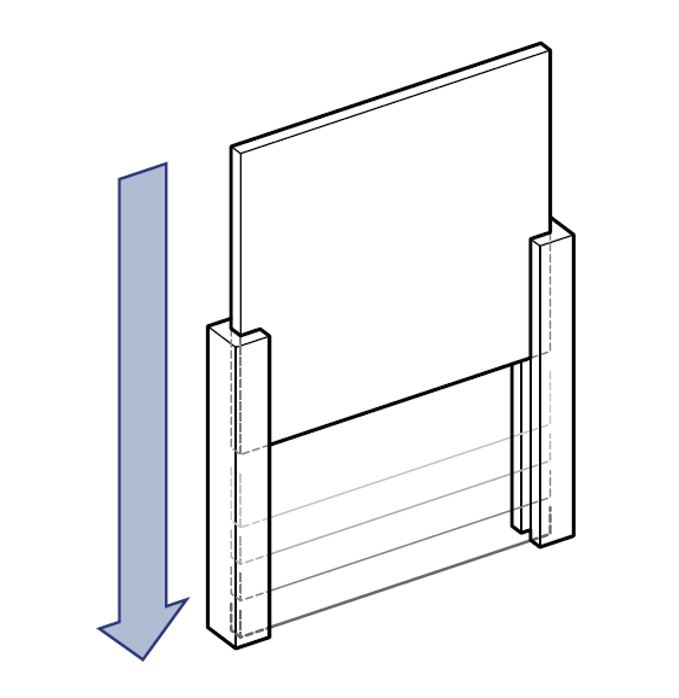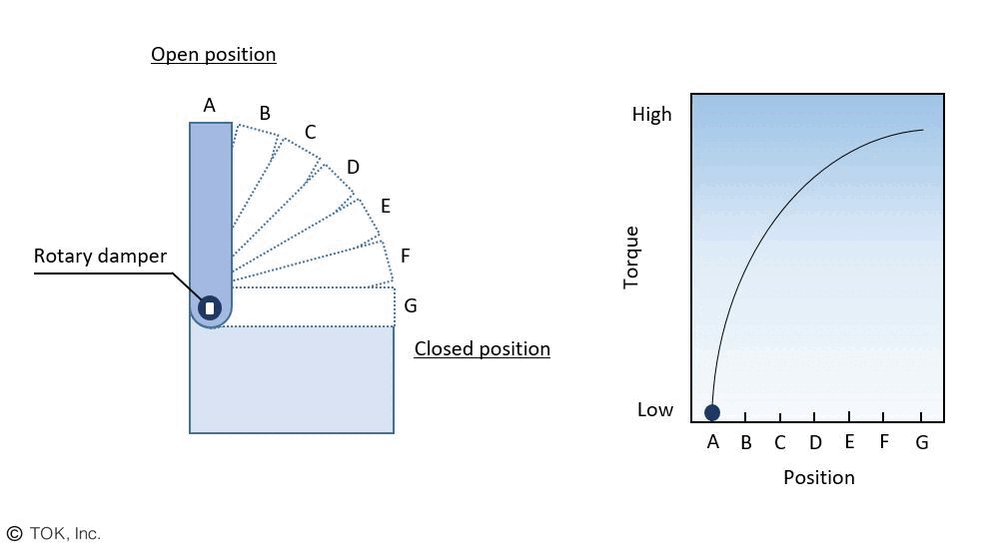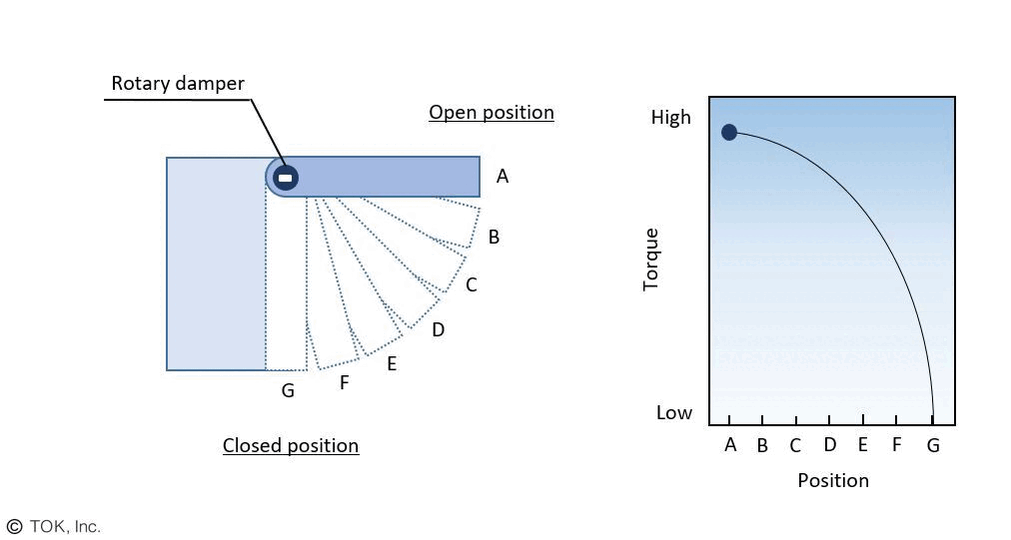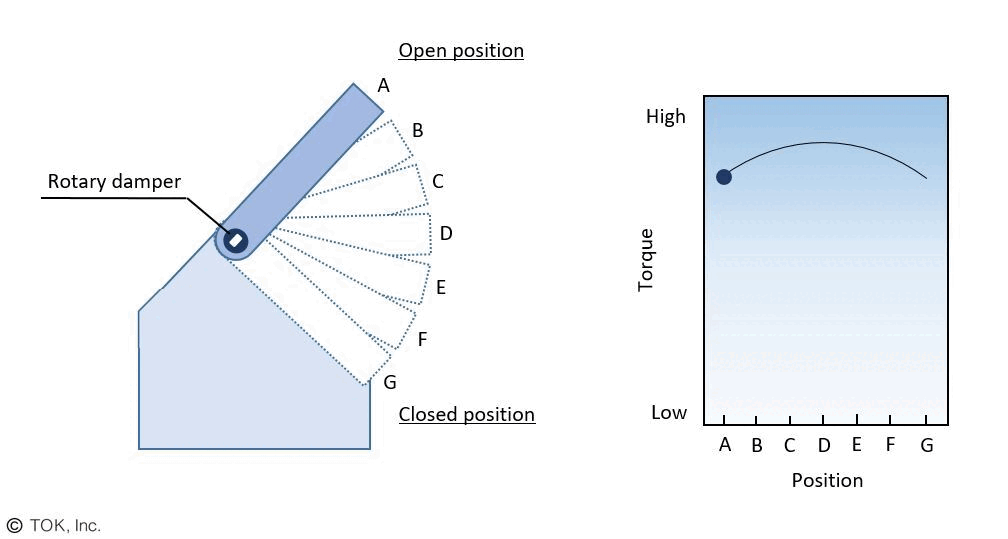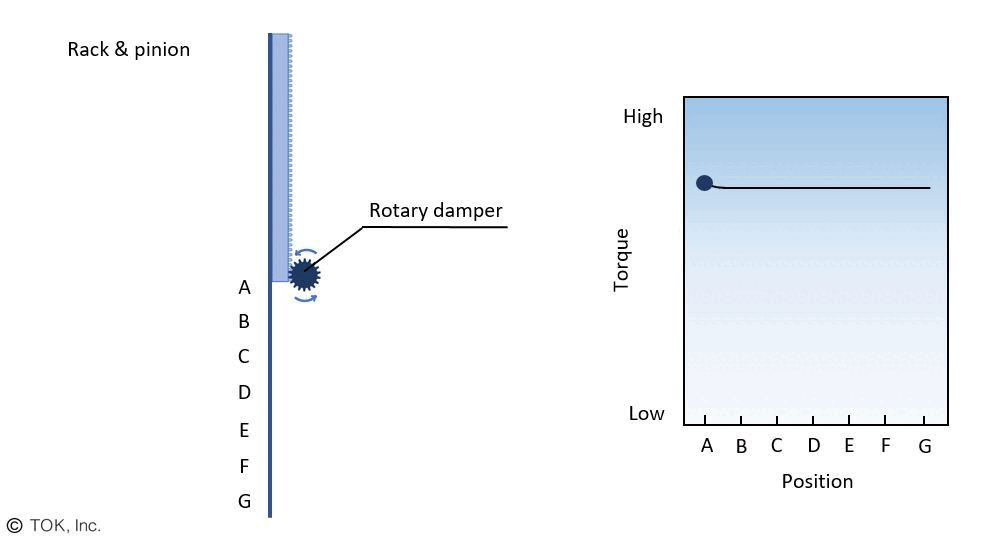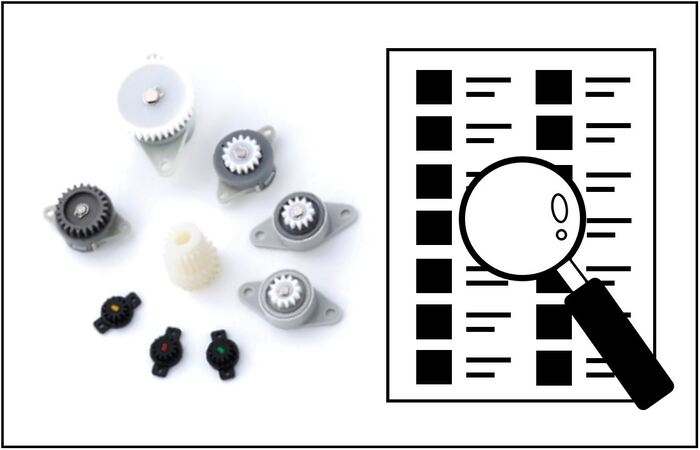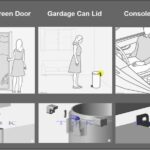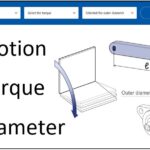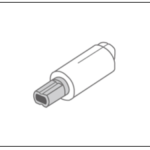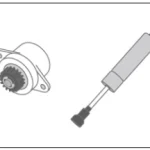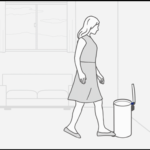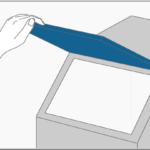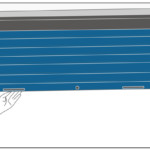Search
menu
- Products
- Catalog
- Selection guide
- Applications
- Technical information
- Mechanism
- Torque calculator [N·m] (lbf·in)
- Product selection guide
- Select the rotary damper by the movement
- Soft close rotary damper design | How to select it for upward opening flaps
- Soft close rotary damper design | How to select it for slanted boxes
- Small Rotary Damper | How to Use & Select Dampers
- Tips to determine a rotary damper torque
- Rotary damper selection guide
- Product infomation
- Special order example
- Mounted case examples
- Dvelopment story
- Contact Us

